Switzerland turns train tracks into solar power plants

A Swiss start-up’s system to quickly install and remove solar panels between train tracks is now being tested. The "revolutionary" technology is attracting interest from other countries.
The idea struck Joseph Scuderi one day in 2020 while he was waiting for a train in Renens, west of Lausanne. Why not do something with the unused space between railroad tracks?
Five years later, Scuderi and his start-up Sun-WaysExternal link have placed 100 metres of solar panels on tracks in Buttes, a small village in canton Neuchâtel in western Switzerland.
“We installed solar panels as we would on the roof of a house,” Scuderi says at the unveiling of the project on April 24. With steady rain falling, it wasn’t an ideal day for inaugurating a solar power plant, but Scuderi was happy. Getting this far, he says, “has been a miracle”.
“Exploiting railroad tracks to produce solar power is a great idea”
Martin Heinrich, researcher at the Fraunhofer Institute for Solar Energy Systems
This is not the first time solar energy has been integrated into rail infrastructure. Projects in Germany, Italy, France and Japan are testing solar panels between the rails. However, the Swiss start-up is the first to have designed a removable system that can be placed on railway lines that are open to traffic.
By exploiting the vast unexploited surface along railways, Sun-Ways aims to “revolutionise photovoltaic energy production”.
Removable solar panels to allow railroad maintenance
The Buttes installation consists of 48 solar panels placed on railroad sleepers, the rectangular pieces generally made of wood that support the steel rails.
The solar panels can be installed manually or mechanically by a machine run by the Swiss track maintenance company Scheuchzer. The machine can place and remove nearly 1,000 square metres of solar panels in just a few hours.
Even though the panels are designed to stay in place while trains run, the ability to easily remove photovoltaic cells is important to allow maintenance or replacement work on the tracks. To keep the panels clean, a cylindrical brush can be placed on the end of trains.
Sun-Ways got the support from a dozen partner companies and the Swiss Agency for Innovation Promotion (Innosuisse). The budget for this initial trial phase in Buttes amounts to CHF585,000 ($704,600).
>> Solar panels between the tracks: this is how the innovative system inaugurated in Switzerland works
2% of Swiss electricity from solar rail?
The electricity generated by the panels is fed into the local power grid. The solar rail power plant in Buttes will produce up to 16,000 kilowatt-hours (kWh) of electricity per year, the average consumption of four to six households.
Sun-Ways says the approximately 5,320 kilometres of the Swiss rail network – minus sections in tunnels or with little sunshine – could generate one billion kWh of solar power per year. This corresponds to the consumption of 300,000 households, or 2% of the electricity used in Switzerland.
Like many other countries, Switzerland is banking on solar and other renewable energy sources to achieve a zero-emission society. To meet its energy goal by 2035, Switzerland will need to produce seven times more solar energy than it currently does.
“It is good that rail and public transport companies are innovating, including in renewable energy production,” says Florence Pictet, spokesperson for the Federal Office of Transport (FOT).
“It is good that rail and public transport companies are innovating, including in renewable energy production”
Florence Pictet, spokesperson for the Federal Office of Transport
Roofs and facades of operational buildings such as stations and platform shelters are particularly suitable for solar panels. Public transport companies could produce 20-30% of their electricity needs by using their own buildings and facilities, according to the FOT.
The transportation supervisory authority, however, is more cautious about the use of solar panels between tracks. It has authorised the trial in Buttes because trains there run fairly slowly, at a maximum speed of 70 km/h. It also stipulated that the test phase last for at least three years, not six months as Sun-Ways originally planned.
For the FOT, it is important to study the operation of this novel system over the long term, under real operating conditions and during each season of the year. This is the only way to analyse track behaviour, for example in terms of wear and tear, and to assess the challenges associated with maintaining and monitoring the rail infrastructure, Pictet says.
>> The share of solar energy in Switzerland’s electricity mix is lower than the European average, as the chart below
illustrates:
Making use of existing infrastructure to preserve the land
Lubomila Jordanova, co-founder of Greentech Alliance, a network of companies committed to fighting climate change, saysExternal link that Sun-Ways has created “a highly scalable, efficient and environmentally friendly way to produce clean power”.
Exploiting railroad tracks to produce solar power “is a great idea,” Martin Heinrich, a researcher at the Fraunhofer Institute for Solar Energy Systems, Europe’s largest solar research institute, tells swissinfo.ch in an e-mail. He supports putting panels in built-up areas instead of building large arrays in nature, he says.
“The easy installation concept is in principle quite interesting for world-wide applications,” Heinrich argues. However, he believes that the “removability” of solar panels is not necessarily a selling point.
Heinrich thinks that PV modules should be installed once and then not touched for the next 20-30 years. Each time they are removed, he explains, costs increase, as does the possibility of damage to the equipment.
Interest from the United States to Japan
Sun-Ways believes that solar panels could be installed on half the rail lines in the world. The start-up is collaborating on similar projects in South Korea, Spain and Romania and has held exploratory talks with potential partners in China and the United States.
TaeBon Park, president of a technology company working with the South Korean Ministry of Landscape, Infrastructure and Transport, would like to adopt Sun-Ways’ technology on the approximately 4,800 km of his country’s rail network. Park, who attended the inauguration of the solar project in Buttes, is particularly interested in how the panels are electrically connected and the system of installation and removal on the tracks.
“We researched other similar systems. We chose Sun-Ways because it is an advanced technology that is appropriate for the maintenance and railway operation,” he tells SWI swissinfo.ch. A pilot project is expected to start this year in South Korea.
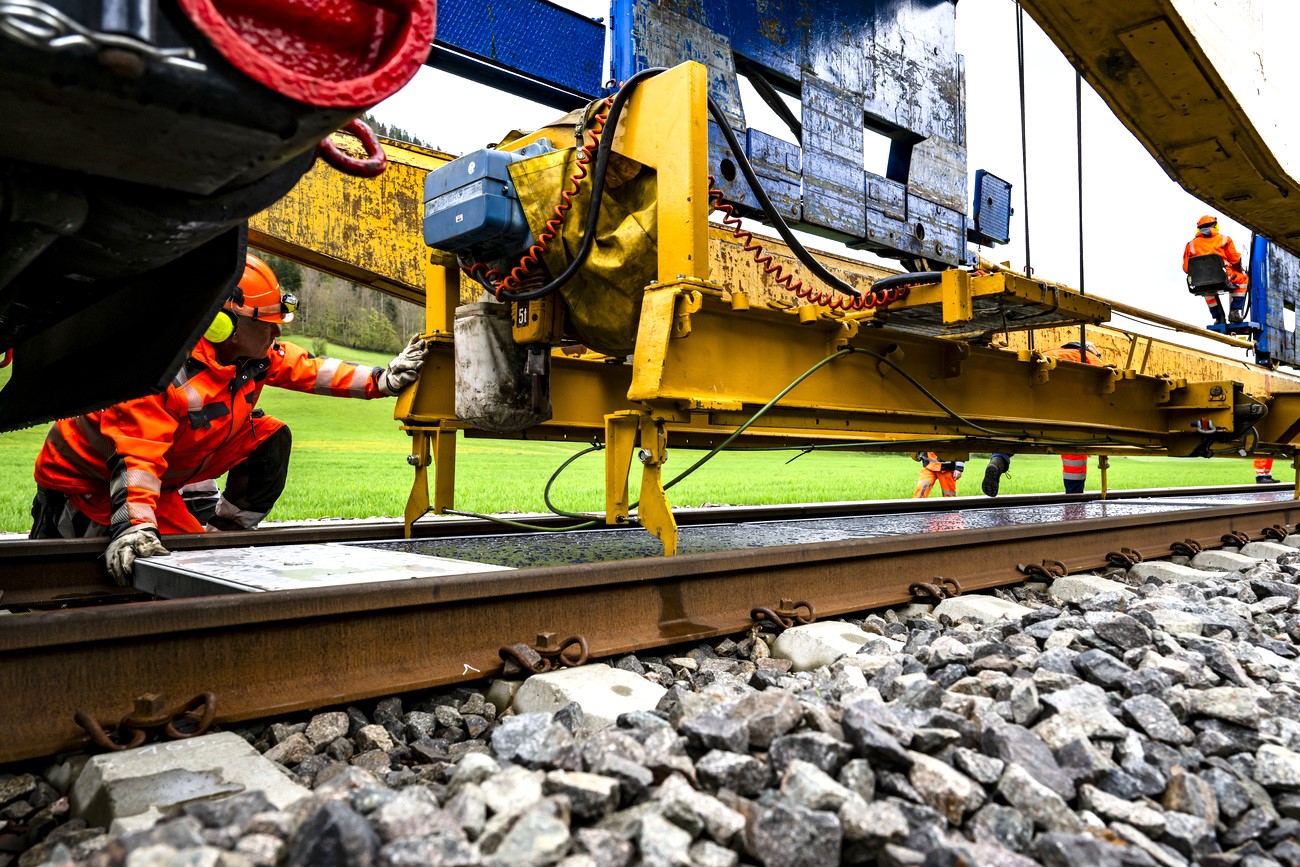
Dieter Napitupulu, director of Mutitron Automa, a private solar engineering company based in Indonesia, is also interested in the Swiss innovation. He intends to start with the city of Bogor in the West Java province and then extend solar rail to the entire island.
Sun-Ways is also among the projects being watched by Japan’s Ministry of Landscape, Infrastructure, Transport and Tourism (MLIT). Japan wants to take advantage of rail tracks and other railway facilities to increase solar production and meet its decarbonisation goals by 2050.
But before they adopt the Swiss system, MLIT officials must clarify some questions around the safety of train operation and maintenance work on the tracks, their representatives told swissinfo.ch.
Joseph Scuderi and his team now have three years to study whether a railway line can also serve as a solar power plant. If it can, the idea he had by chance at Renens train station could revolutionise the way the world produces solar power.
Edited by Gabe Bullard/vdv

More
Groundbreaking solar railway project gets back on track

In compliance with the JTI standards
More: SWI swissinfo.ch certified by the Journalism Trust Initiative


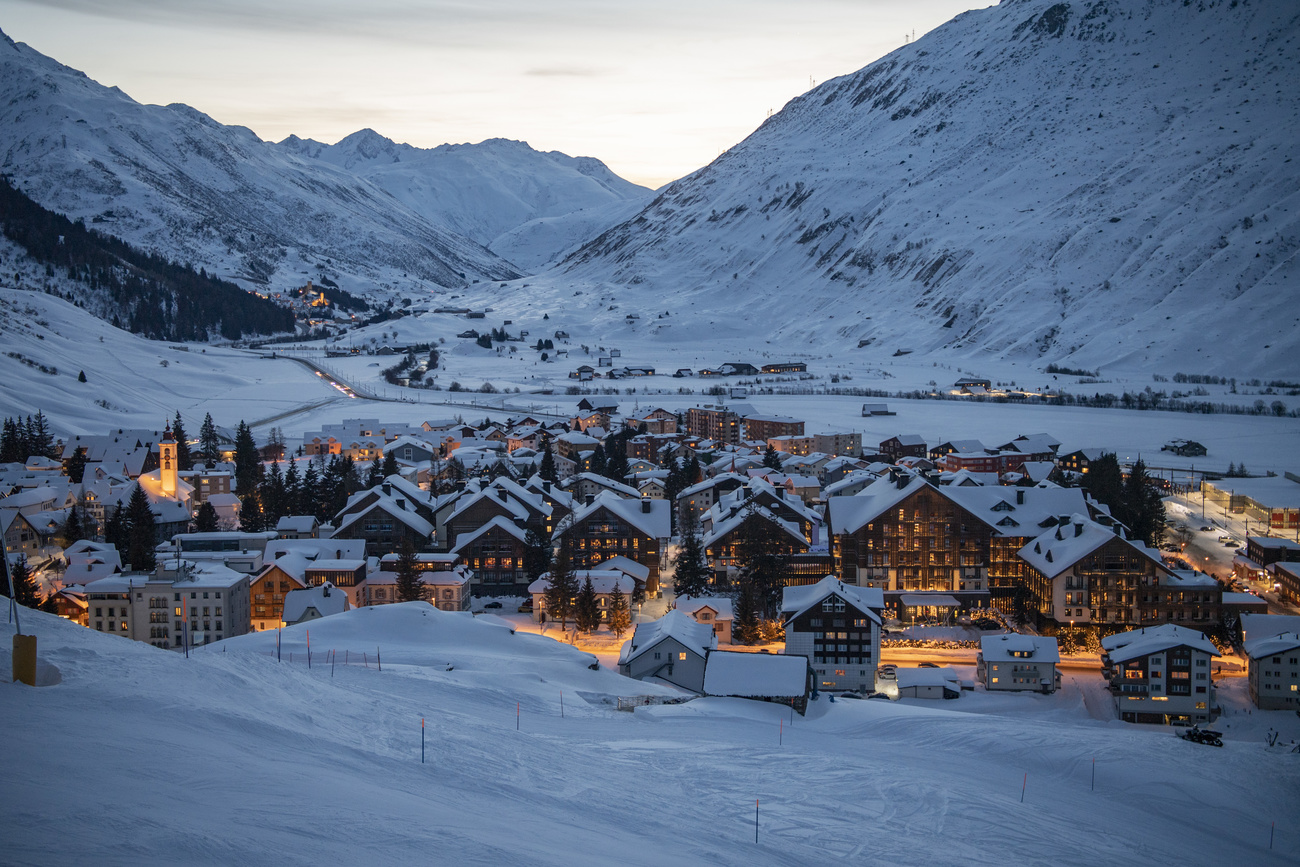
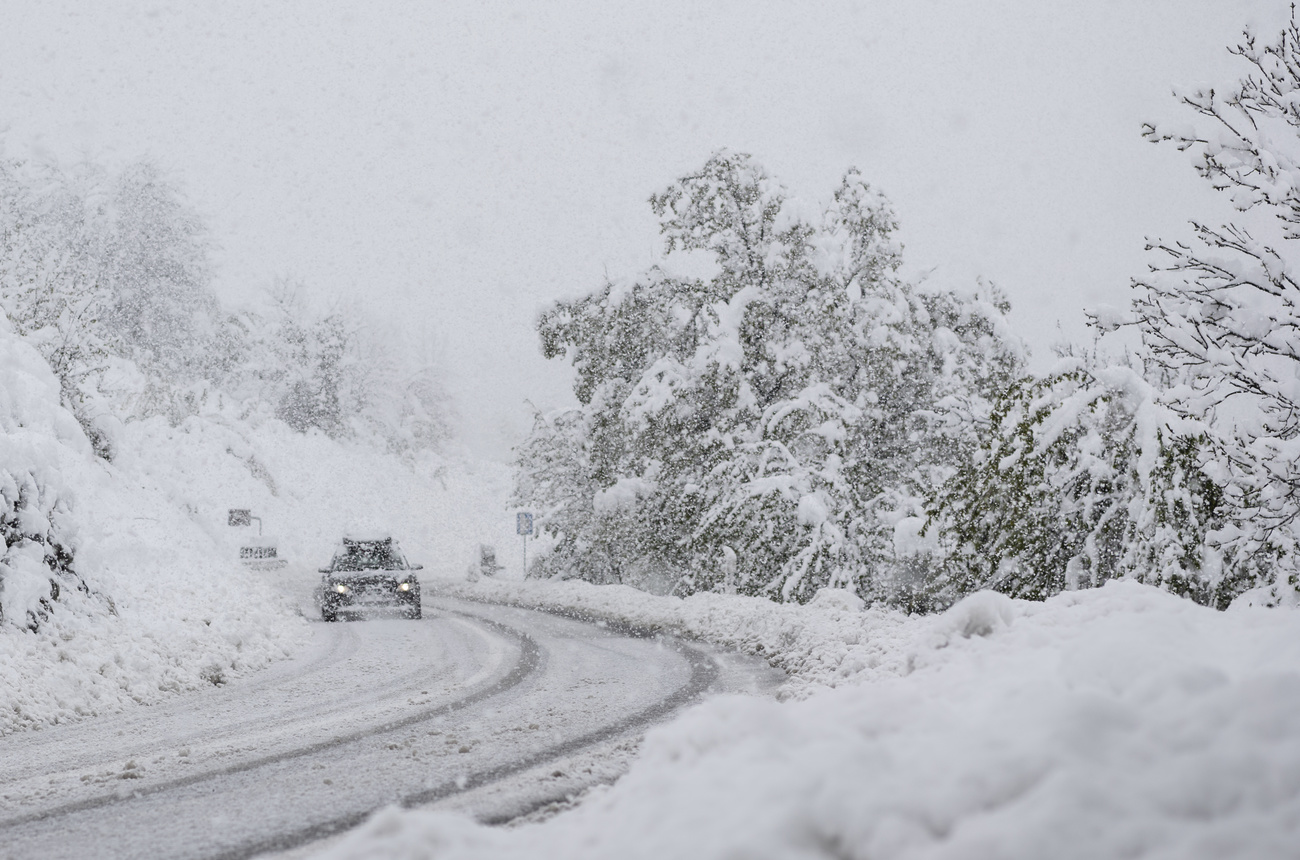





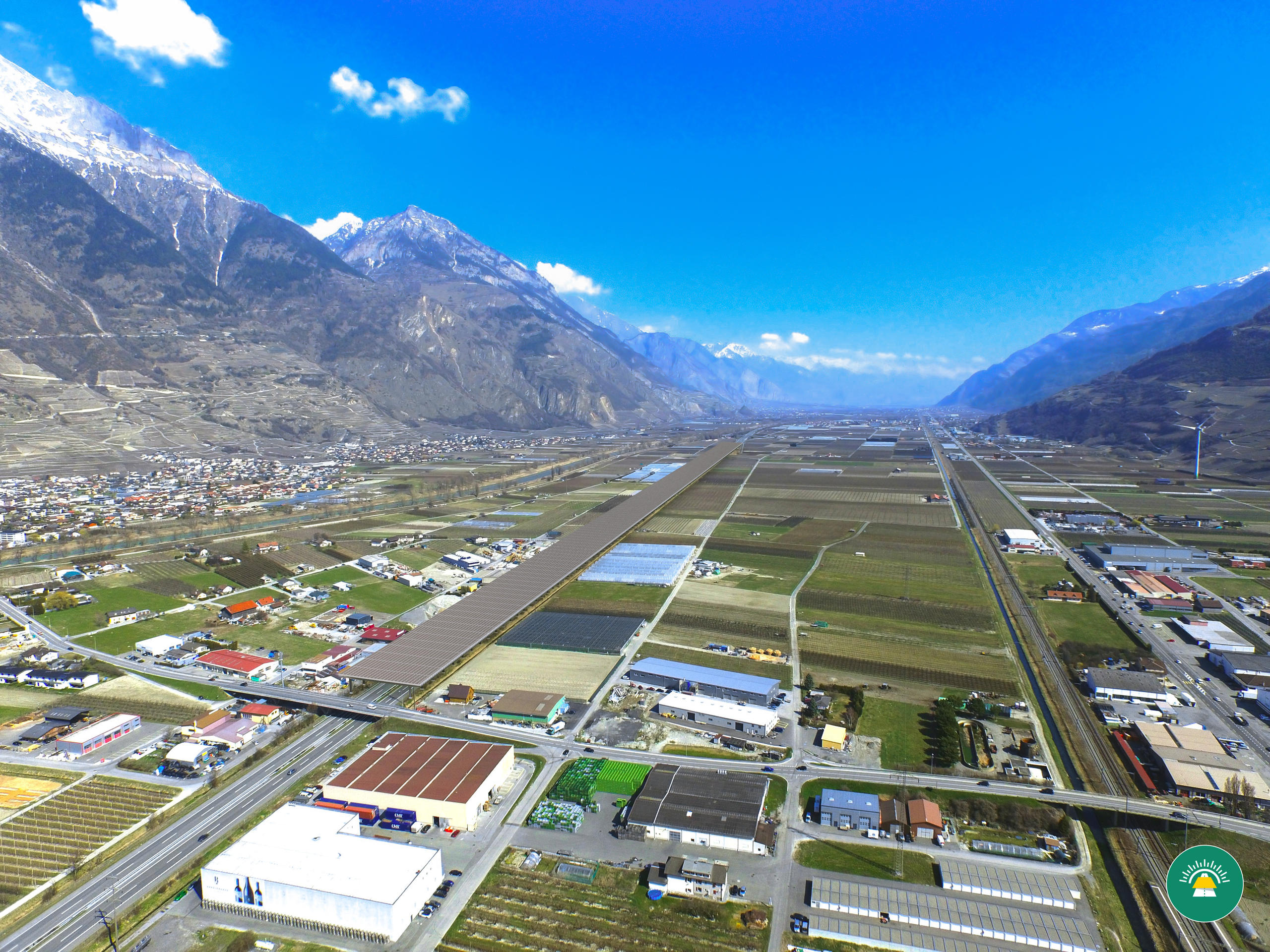
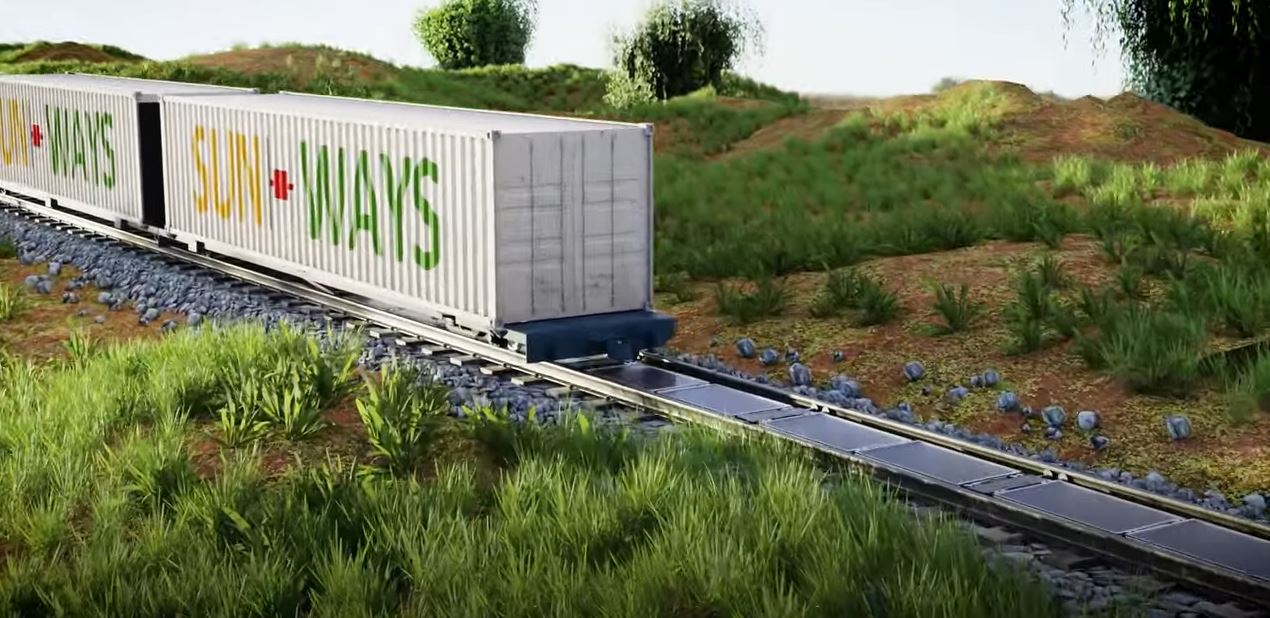

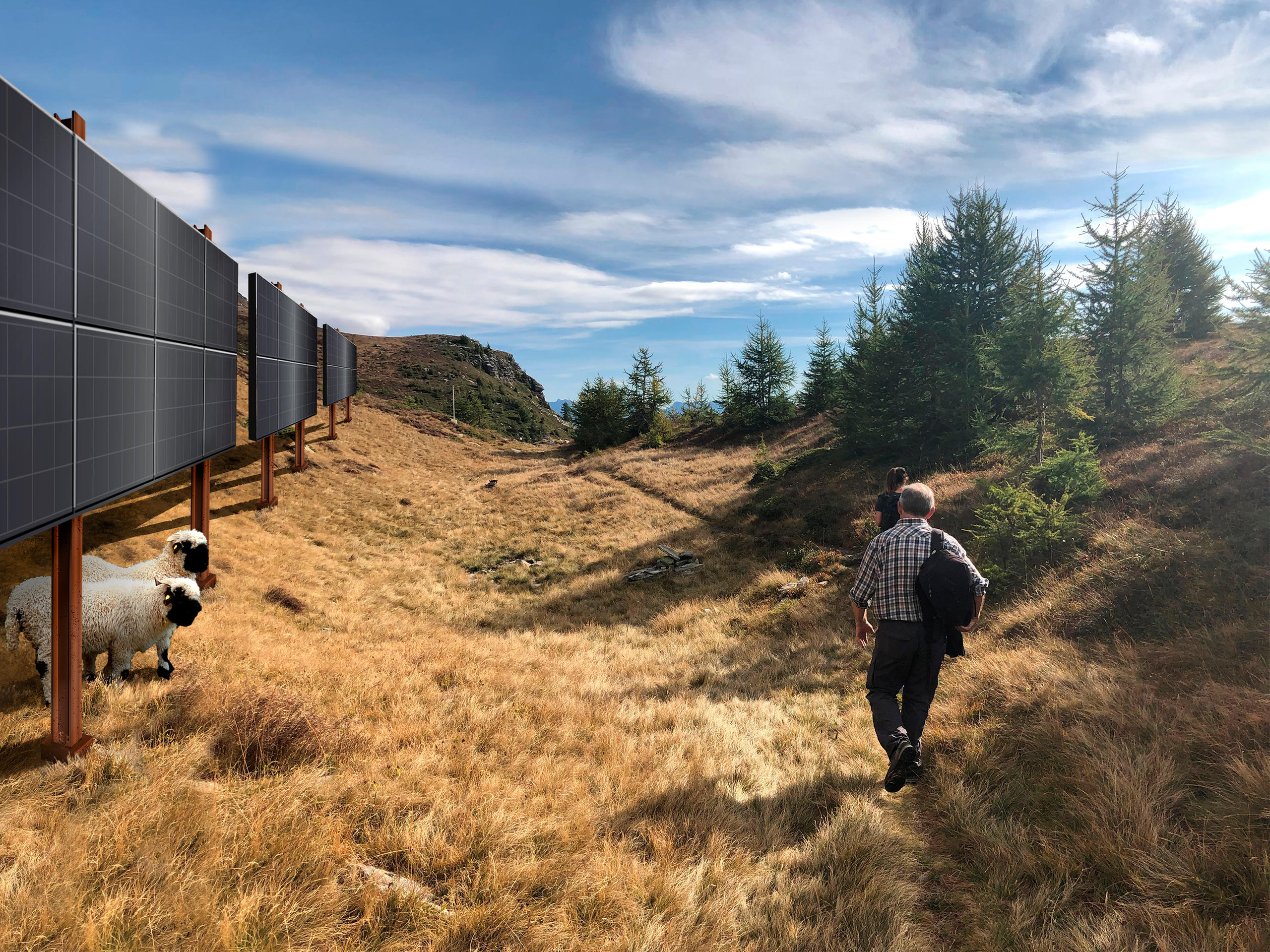
You can find an overview of ongoing debates with our journalists here . Please join us!
If you want to start a conversation about a topic raised in this article or want to report factual errors, email us at english@swissinfo.ch.